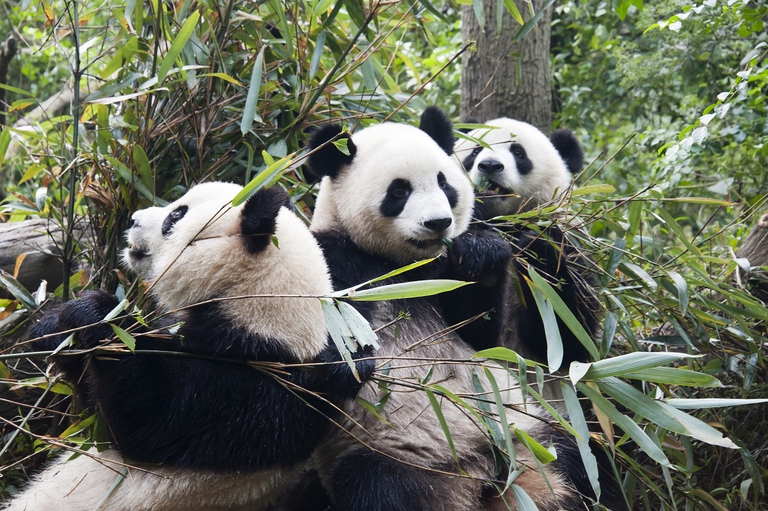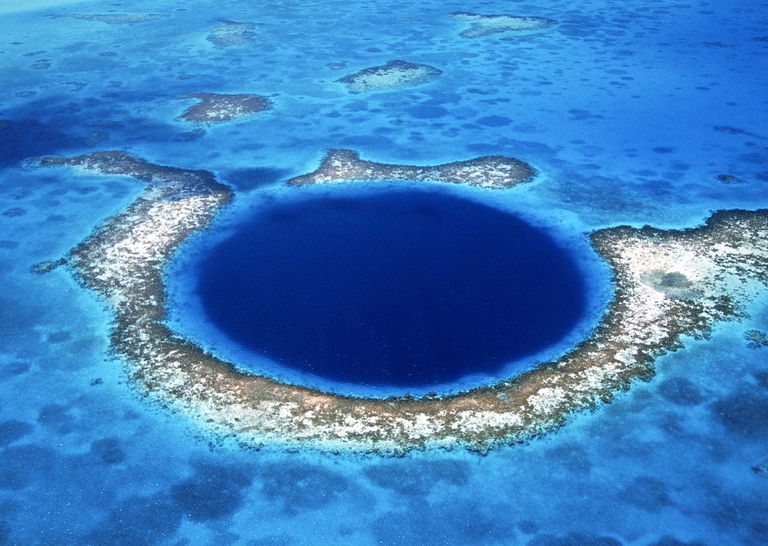
A group of experts in Tokyo suggested pouring radioactive water from Fukushima into the open sea. A marine biochemist explains the consequences of this absurd decision.
Australia’s Great Barrier Reef with its multi-coloured biodiversity, Madagascar’s rainforests with their lemurs, Tanzania’s natural reserves, and Szechuan giant panda sanctuaries in China. These and many others natural and cultural treasures are at risk due to human-related economic activities. A report carried out by WWF shows that at least 114 out of 229 World Heritage
Australia’s Great Barrier Reef with its multi-coloured biodiversity, Madagascar’s rainforests with their lemurs, Tanzania’s natural reserves, and Szechuan giant panda sanctuaries in China. These and many others natural and cultural treasures are at risk due to human-related economic activities.
A report carried out by WWF shows that at least 114 out of 229 World Heritage sites are threatened by human-related activities. In particular, fossil fuel extraction and illegal logging are jeopardising precious habitats and their biological – and economic – value.
According to WWF, the degradation of these areas would compromise the economic benefits deriving from them, on which about 11 million people rely. “These areas contribute to our economies through tourism and natural resources, providing livelihoods for millions of people, while also supporting some of the planet’s most valuable ecosystems,” said David Nussbaum, chief executive of WWF-UK.
In order to exemplify humanity’s negative impact, the organisation has highlighted the case of Belize’s coral reef. Construction activities along the coasts have damaged mangrove forests, which protect the shores against storms and prevent soil erosion, thus influencing the life of 190,000 people, i.e. about half of the country’s population.
WWF also reminds that UNESCO designation as a World Heritage Site doesn’t imply the protection of that place. The organisation thus urges governments to protect their natural resources, by banning harmful industrial activities in the most thereatened areas.
Siamo anche su WhatsApp. Segui il canale ufficiale LifeGate per restare aggiornata, aggiornato sulle ultime notizie e sulle nostre attività.
![]()
Quest'opera è distribuita con Licenza Creative Commons Attribuzione - Non commerciale - Non opere derivate 4.0 Internazionale.
A group of experts in Tokyo suggested pouring radioactive water from Fukushima into the open sea. A marine biochemist explains the consequences of this absurd decision.
The decline in grey and humpback whales in the Pacific and Atlantic Oceans has been traced to food shortages caused by rising ocean temperatures.
The United Nations has launched a major international alliance for ocean science, undertaking a mission close to all our hearts.
The cargo ship that ran aground off the coast of Mauritius on 25 July, causing incalculable damage, has split in two and its captain has been arrested.
The largest coral reef in the world is severely threatened by climate change, but researchers are developing strategies that could contribute to saving the Great Barrier Reef.
Seychelles have extended its marine protected area, which now covers over 400,000 square kilometres, an area larger than Germany.
Norwegian oil giant Equinor had pulled out of drilling for oil in the Great Australian Bight, one of the country’s most uncontaminated areas. A victory for activists and surfers who are now campaigning for the area to be protected forever.
30 per cent of the planet needs to be protected to stop precipitous species decline. The UN has set out its aims for the the COP15 on biodiversity scheduled for Kunming, China in October.
Ocean warming has risen to record highs over the last five years: just in 2019 the heat released into the world’s oceans was equivalent to that of 5-6 atomic bombs per second. The culprit, no doubt, is climate change.









